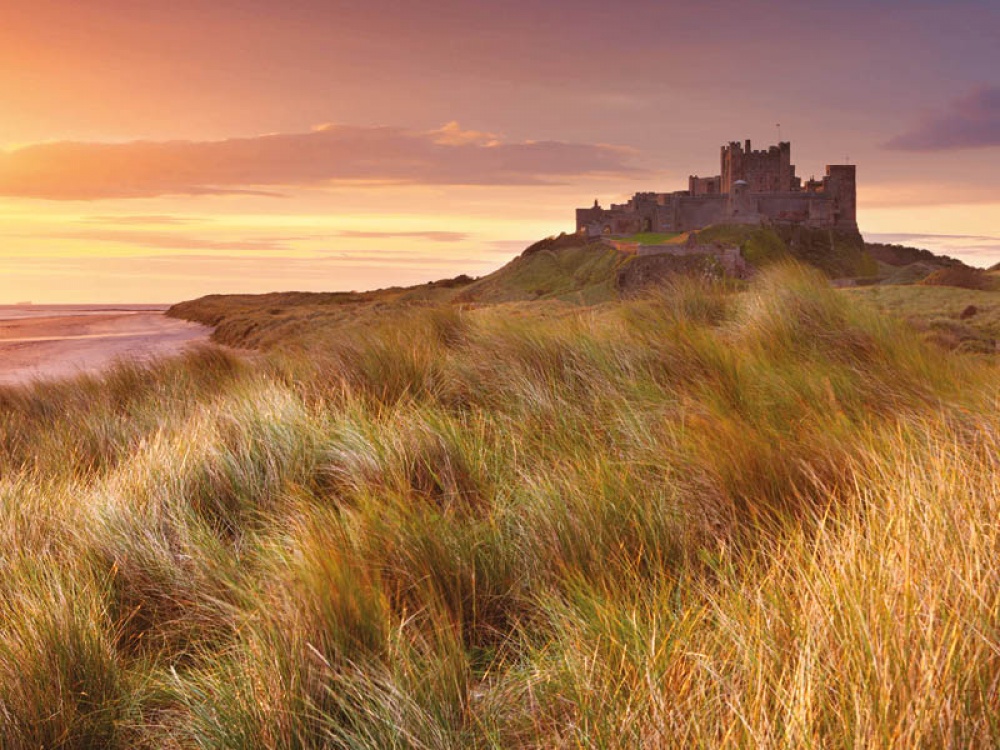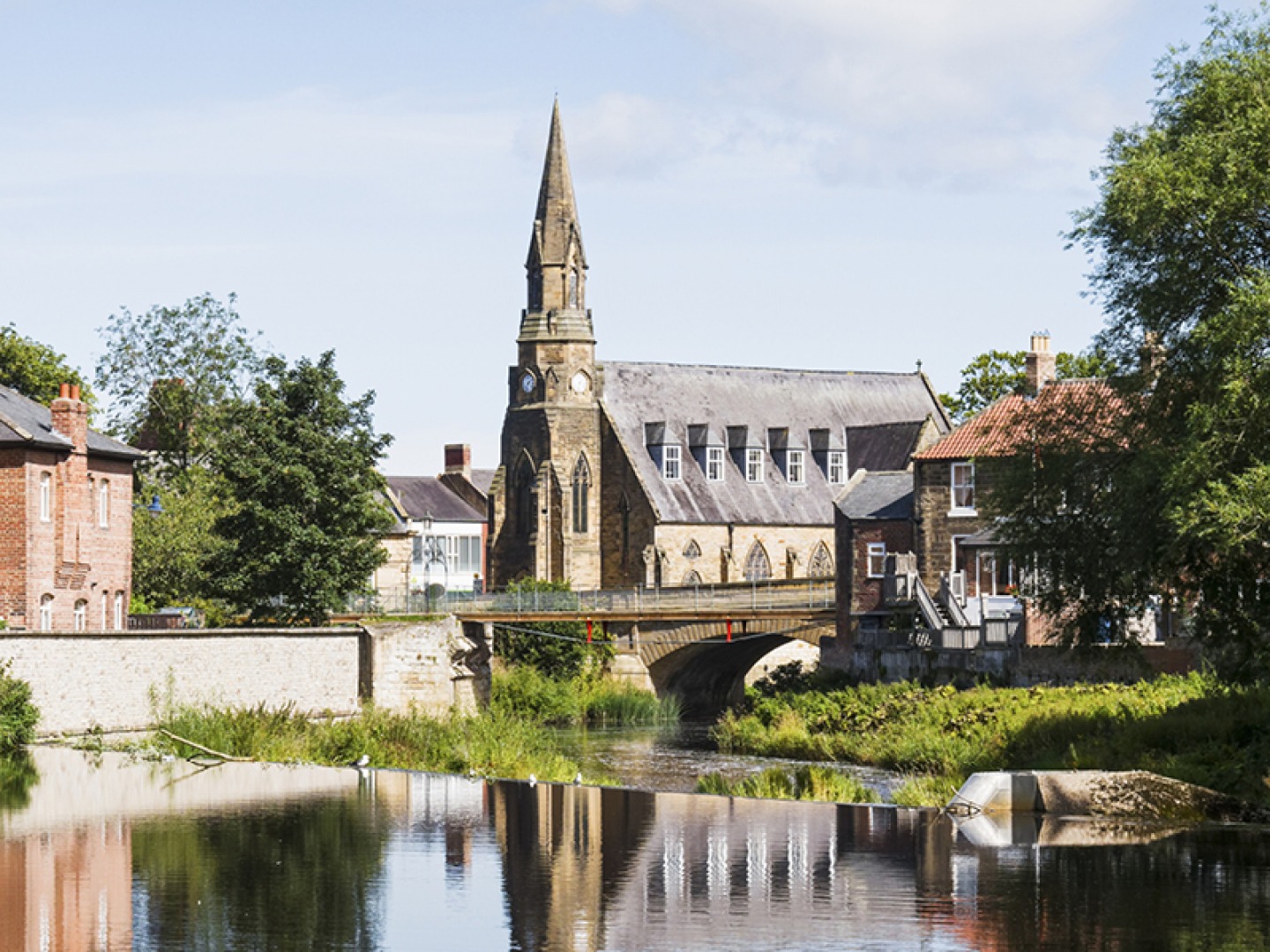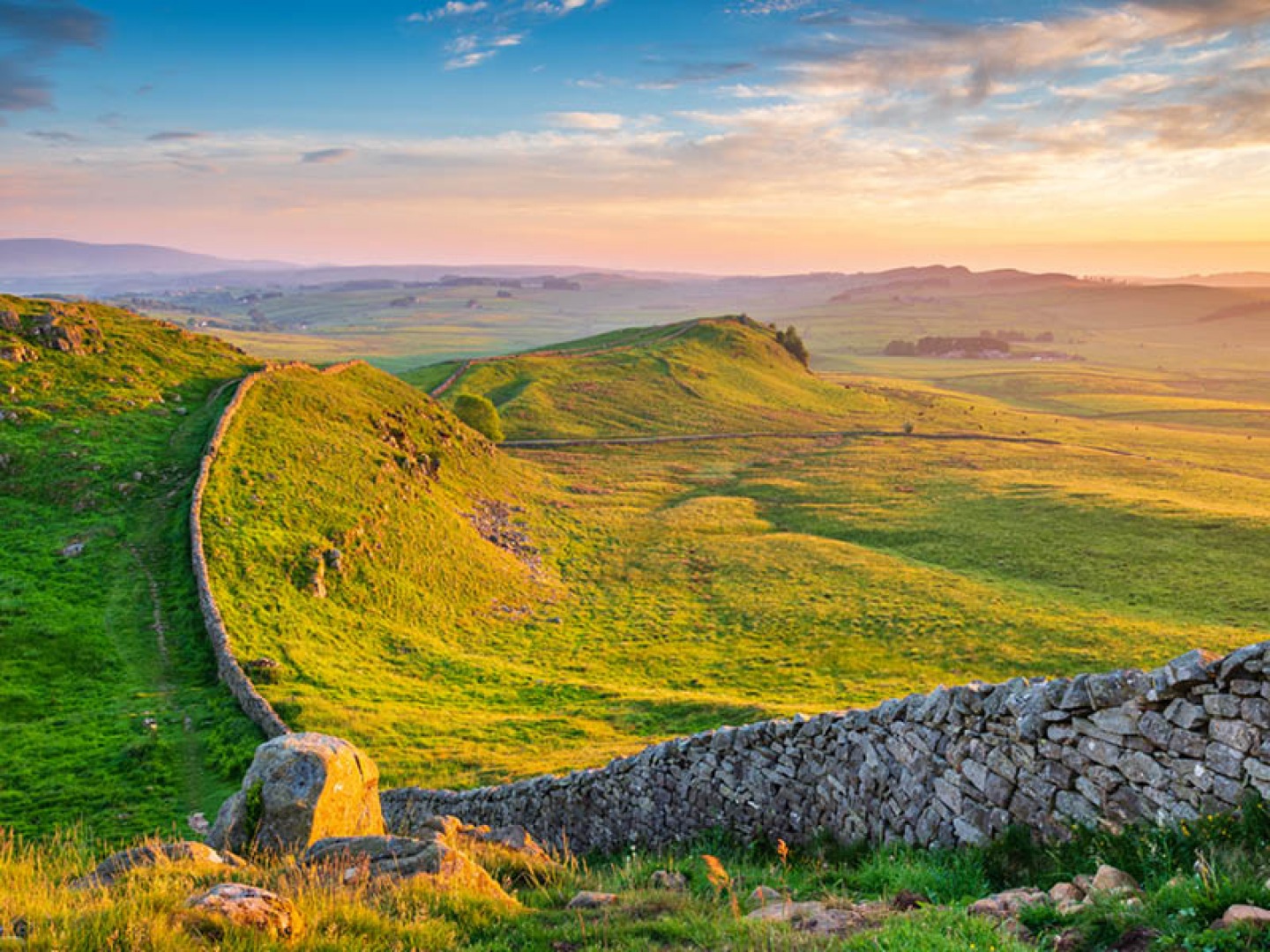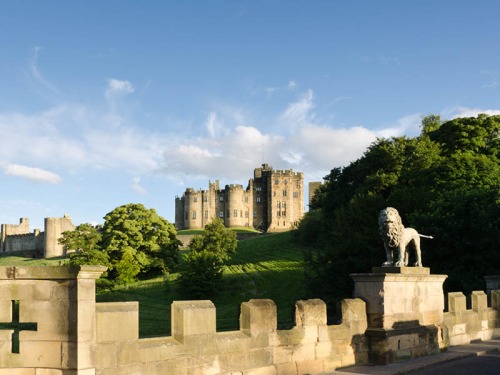Learn About The Distinctive Northumbrian Language

Those reasonably well versed in modern British culture may be familiar with the traditional Geordie war cry of ‘Haway the lads!’, and TV sensations Ant and Dec’s – and famous footballer Alan Shearer’s – distinct regional twang. But what about ‘Fornenst the cree an abeun thi hemmel, wu’ll hev wor bait, an batten worsels, time wu watch wor bollen bellies graa tiv i muckle, yarkin size’? While we won’t blame you for thinking you’ve flicked pages to a foreign magazine, this seemingly senseless jibber is one of the most influential – albeit bewildering – languages of its time, and is a stalwart of our region’s heritage.
Northumbrian contains words which cannot be translated into standard English, meaning it is defined as a separate language rather than a dialect. It is spoken in the historic region of Northumbria – the northernmost section of North East England stretching from Northumberland to North West Durham. Coming into existence following the formation of the Kingdom of Northumbria in 547AD, centuries before standard English was created, Northumbrian was inherited directly from the Anglian speech of Northumbrian greats Venerable Bede, Saint Cuthbert and, later, Harry Hotspur – whose influence took the language all over Britain, and even into Europe.
These years have been referred to as ‘Northumbria’s Golden Age’, and it is significant that, as Northumbria’s political power declined due to the Viking raids of the eighth and ninth centuries, its cultural influence grew steadily. As a consequence, the Northumbrian language has been spoken continuously throughout the area for more than 1,400 years, through four main dialects: Tyneside (Geordie); Southern (known as Pitmatic, around Ashington and South East Northumberland); Northern (North of the Coquet, through Alnwick and up to Berwick); and Western (from Allendale through Hexham and up to Kielder).
However, like all languages, it has undergone significant changes in that time. Following the invention of the BBC in 1922, which promoted Received Pronunciation as the only acceptable way to speak English, regional dialects were widely regarded as ‘common’, and Northumbrian slowly began to die out. This, along with modern day radio and television’s emphasis on American English as a universally standardised language, has further led to Northumbrian’s erosion.
Working to keep our historic roots alive, The Northumbrian Language Society are an organisation seeking to research, preserve and promote the language. Set up in 1983 by Roland Bibby, a Morpeth-born poet, the group was formed to celebrate the language and promote its profound historic importance. Yet, after Bibby’s death in 1997, the society suffered due to a lack of active membership and a regrettable lack of activity.
But there’s a newfound desire to resurrect the organisation, and bring traditional Northumbrian back from the brink. Under the direction of a new chairman, the society has begun a process of re-introducing the language to the present generation. Their plans for 2020 include collaborating with other organisations to encourage a pride in our heritage language, and re-introducing the language back into everyday speech.
Richard Wilson has been on the committee of The Northumbrian Language Society for the past two years, and is the driving force behind the group’s recent renaissance. ‘First and foremost, we believe more people should know about Northumbrian and use it in everyday language,’ he explains. ‘Our plans for this year are to kick start some of the events the society used to host, as well as arranging promotional campaigns within the North East.’
This schedule is already underway, with the society hosting regular concerts, storytelling evenings, ‘Merry Meets’ – involving a night of food, drink and Northumbrian games – and participating at as many other dialect society events as possible (notably the Yorkshire Dialect Society, of which Richard is also a member). They also have an ongoing project to use the famous Lambton Worm folklore story as a teaching aid, using a re-printed Northumbrian version to illustrate to younger generations how the dialect can be used in communication, and outline its historic importance.


On the 6th of June, the society will be launching The Dialect Writing Competition in conjunction with The Word, National Centre for the Written Word in South Shields, and the 9th June will see a re-enactment of the iconic 1898 lecture given by OIiver Heslop at Newcastle’s Literary and Philosophical Society – a turning point in the dialect being recognised as a separate language.
What’s more, the society are looking to reprint a copy of famed Amble-born author Thomas Moody’s Mid Northumbrian Dialect Dictionary, which is said to contain the first official definitions of the language. The dictionary is a two-volume, 690-page labour of love, full of words, memories and pictures of the language that Moody remembered from his childhood, and the society hope to release the new version in libraries across the North East.
Yet, while we’re all very much accustomed to the words of Northumbrian that are still in use – from bairn and bait to stingey and stotties – unless you’re a seasoned speech enthusiast, few are aware of where these words actually came from. ‘While it’s difficult to trace individual words back to their direct place of origin, history tells us where Northumbrian was first spoken,’ explains Richard.
In 547AD, the Anglian chieftain Ida is believed to have established the kingdom of Beornica at Bamburgh in Northumberland. Within 50 years, Beornica had united with another Anglian kingdom, Deira, based at York, to form the joint Kingdom of Northumbria (Northanhymbre – the people who lived north of the Humber). That being said, it’s likely that the Northumbrian language was first spoken in coastal Bamburgh, with other words being coined in Berwick on the Anglo-Scottish border and in the Cheviots – where the rolling Northumbrian ‘burr’ can still be heard today.
Richard joined the society two years ago, but his love for regional dialect goes back far further than that. When asked why he thinks Northumbrian is so important, he is emphatic. ‘That’s a bit like asking why do I love my wife!’ he jokes. ‘I’ve been interested in the language since the ‘60s, when I was holidaying in Norfolk with my family. We met another family and they immediately knew we were northern from our accents.
‘I found it utterly fascinating that we can identify each other simply from the way we talk,’ he beams. ‘Northumbrian does this better than others because it’s so unique – it’s a link straight back to our heritage, and has remained true to its roots, not being diluted from the influx of new cultures like standard English has.’
Enthusiasts like Richard and The Northumbrian Language Society epitomise the nature of people in these parts, who have a real pride in their roots. At a time when society becomes more fragmented, and political powers cease to unite us, the distinct culture of our local communities offers a welcome air of togetherness.
To find out more about The Northumbrian Language Society’s work and their upcoming events, visit www.northumbriana.org.uk
Aad - old
Ahad - ahold
Bait - a meal
Broon - brown
Chockor - full
Dandor - saunter
Feckless - annoying, stupid
Gannin - going
Gobby - boastful
Howked - picked
Hyem - home
Kif - good, sweet, attractive
Marras - friends, mates
Muckle - big
Neet - night
Powkin - poking
Slorpin - drinking
Stingey - mean, stingy
Taakin - talking
Tung - tongue
Wor - our
Yarkin - big (can also mean a good hiding)
Yon - that (thing over there)







